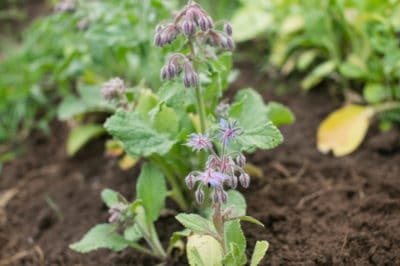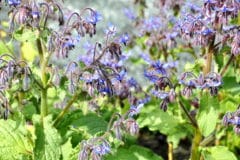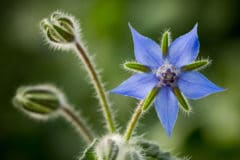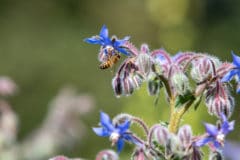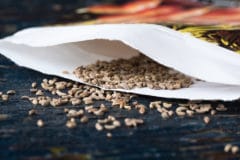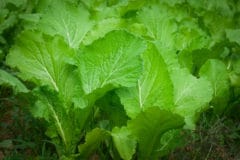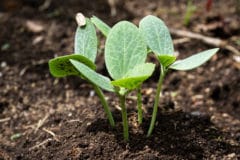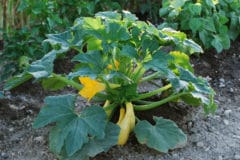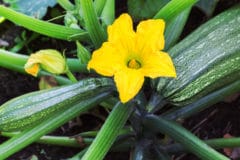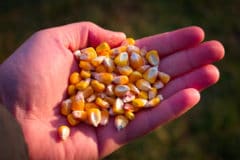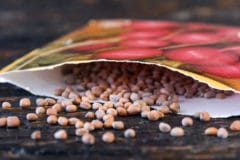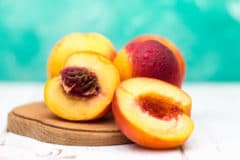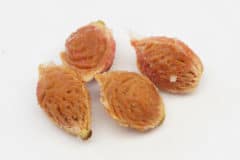Planting Borage
Choose a site that gets full sun to partial shade. Borage prefers sandy soil but will grow in most soils. Make sure that the site drains well, and add 1-2 inches of compost to the top. This can be worked into the bed or left as a mulch.
Seed borage directly in the spring two weeks prior to the last frost date. If you live in a mild climate, plant borage anytime. Push each seed 1/4 inch into the soil with your finger. Sow three to four seeds together to ensure germination and space them about 18 inches apart. keep the soil moist, seeds will germinate in five to10 days. Once they reach a few inches tall you can thin out weaker seedlings.
Stagger your plantings over the season to have a steady supply of borage flowers and leaves on hand. Plant borage strategically in your garden amidst other herbs and vegetables that require bees for pollination. It makes an excellent companion to:
- Squash
- Tomatoes
- Strawberries
- Cucumbers
Caring for Borage
While borage is an herb that is relatively disease and pest resistant, it does require a little bit of work each year. When borage flowers, the heads become heavy and tend to droop sometimes causing the plant to flop over entirely. Deadheading is the process of removing dead and wilting flower heads so they don’t weight the plant down. This keeps the plant upright, healthy, and producing.
Deer and caterpillars do not like borage, but occasionally the plants may attract beetles or aphids. In a diverse, well-balanced garden these pests problems typically work themselves out. If they begin to cause noticeable damage, organic sprays are available at garden supply stores.
Harvesting Borage
Young leaves can be harvested at just about anytime and eaten raw in salads, wraps, and sandwiches. Mature leaves make excellent cooking greens for stand-alone dishes, stir-fries, sauces, and soups. Expect flowers to appear at around six weeks of age. These are harvested when they are in full bloom at peak color.
Remember to leave some flowerheads to pollinate and seed so you have an ample supply next year. Most of the time seeds that drop to the ground will germinate readily, but if you prefer you can also save the seed from the head itself.
